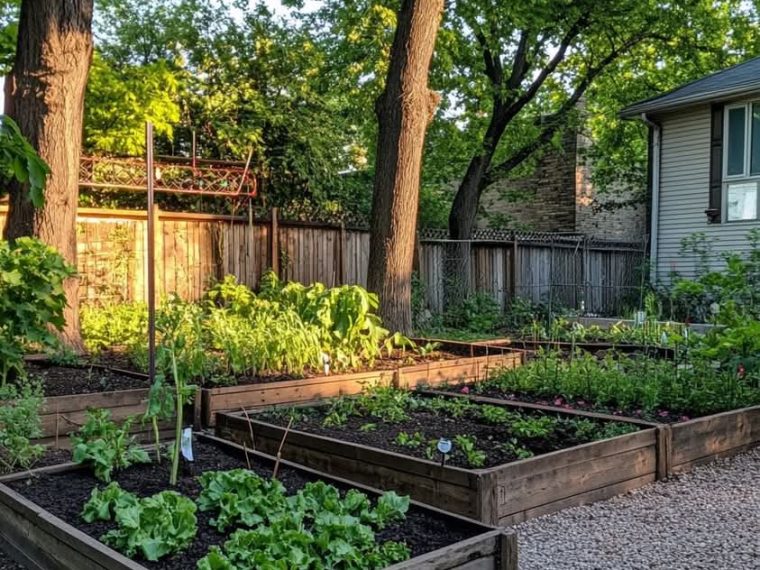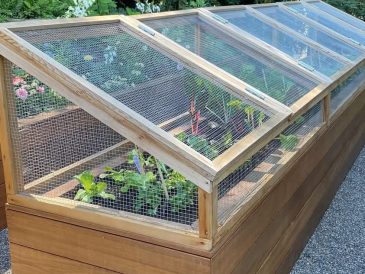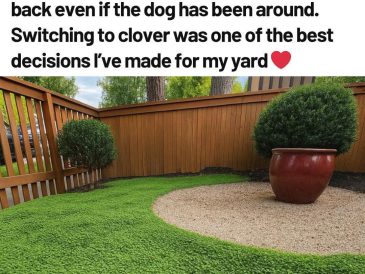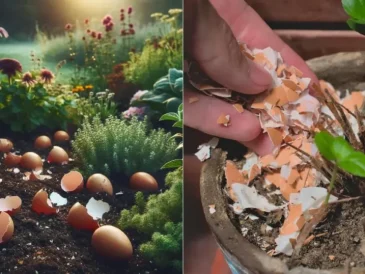require minimal maintenance and can be harvested throughout the growing season. Chives prefer well-drained soil and benefit from regular division to maintain vigor.
13. Legumes: Peas
Peas can tolerate partial shade and prefer cooler temperatures. They require support for climbing varieties and benefit from well-drained, fertile soil. Regular harvesting encourages continued production.
14. Legumes: Beans
Bush beans can grow in partial shade, although they prefer at least 4-5 hours of sunlight. They fix nitrogen in the soil, benefiting companion plants. Consistent watering and well-drained soil promote healthy growth.
15. Herbs: Mint
Mint is a vigorous herb that thrives in partial shade. It prefers moist, well-drained soil and can become invasive if not contained. Regular harvesting keeps the plant bushy and productive.
16. Herbs: Parsley
Parsley grows well in partial shade and can be harvested continuously. It prefers rich, well-drained soil and consistent moisture. Parsley is a biennial but is often grown as an annual for its fresh leaves.
Tips for Maximizing Vegetable Growth in Shady Gardens
To maximize growth in shady gardens, select shade-tolerant varieties and ensure soil is rich in organic matter. Use reflective surfaces to increase light exposure and consider vertical gardening to optimize space. Regularly monitor moisture levels, as shaded areas can retain more moisture, leading to root rot if not managed properly.
Common Challenges and Solutions for Shady Garden Vegetables
Common challenges include slower growth rates and increased susceptibility to pests and diseases due to damp conditions. Solutions involve selecting disease-resistant varieties, ensuring good air circulation, and practicing crop rotation. Regularly inspect plants for signs of stress and address issues promptly.
Conclusion: Embracing the Potential of Shady Gardens
Shady gardens offer unique opportunities for growing a diverse range of vegetables. By understanding the specific needs of shade-tolerant plants and implementing strategic gardening practices, gardeners can enjoy bountiful harvests even in less-than-ideal light conditions. Embracing the potential of shady gardens can lead to a rewarding and productive gardening experience.





